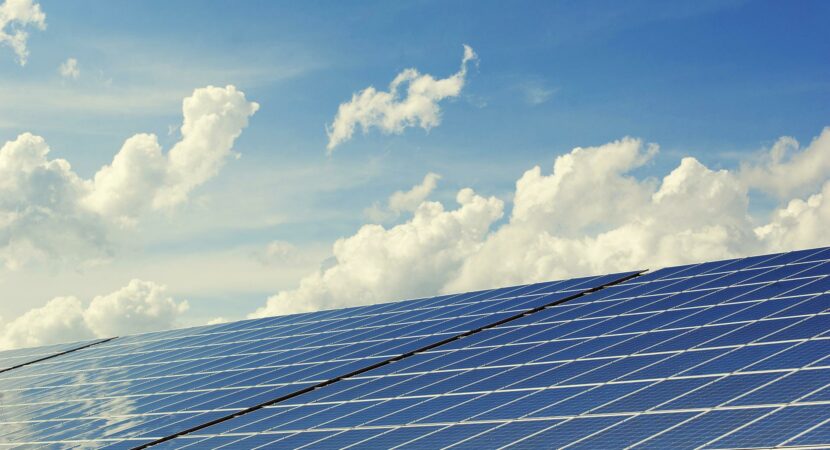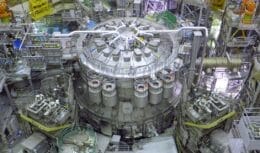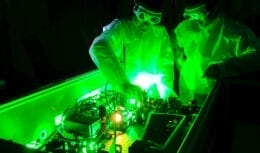
Brenmiller Energy, in partnership with Fortlev, inaugurated a 1MWh unit in Brazil, in the city of Anápolis, located in the state of Goiás (GO). The aim of the project was to ensure a reduction in fuel costs by up to 75% and to reduce carbon dioxide emissions into the environment.
With the system known as bGen, Fortlev will be able to change the use of natural gas in its processes for renewable energy using biomass to manufacture plastic water tanks, thus reducing greenhouse gas emissions by 800 metric tons per year. The millionaire investment in energy will take place in a city in Goiás (GO).
The system is complex and allows crushed rocks to be heated to over 600 degrees in order to store thermal energy for a few minutes. This thermal energy would be used to form steam with the use of water, which would later be used to mold plastics and other products offered by the company to the industry.
This is the first project in South America that will allow the use of thermal energy in industry
As reported by the Brenmiller Energy, this should be one of the first projects in South America to feature thermal energy technology to reduce fuel costs, mainly with the production of plastics. This system also allows all residual heat to be collected through the chimneys and taken to the ducts, where it can be better used. Productivity is estimated to be between 1 and 1.000 MWh for each of the units.
“It can also discharge electricity using a steam turbine system with a startup time of more than five minutes.”
Avi Brenmiller, President and CEO of Brenmiller Energy said: “Our bGen technology enables these companies to start using renewable energy resources and waste heat to efficiently produce clean steam, hot water and hot air on demand, allowing them to decarbonize their thermal process – and in some cases, like Fortlev, reduce their fuel costs in doing so.”
Beyond Goiás (GO): Many companies besides the Brazilian ones are investing massively in the use of renewable energy
High population growth and lack of space make many countries decide to carry out their energy transition as soon as possible in order to reduce their dependence on the use of oil and coal. A clear example of this is Japan, which announced that more than a third of its entire energy matrix should be formed, by the year 2030, by renewable energy.
The Japanese are investing in the construction of offshore plants, that is, plants located off the coast, precisely because of the lack of space. In this way, they will be able to take advantage of the space they have on the island to build new companies and buildings for the population.
Countless developments are being manufactured for cheaper energy transition. One of this week's standout surveys was compiled by Origami Solar, which shows that using steel instead of aluminum to produce solar panels can reduce carbon dioxide emissions by up to 94% at the same time that it reduces company costs for the production of photovoltaic panels, mainly because they are thinner.
Another recent research that drew attention was about the possibility of creating plates with the use of seaweed. Algae receive sunlight and thus capture carbon dioxide from the environment in order to eliminate O2 and produce their own food. In this process, there is the production of energy that could be used for domestic purposes.












I was hoping there was one because in…
The Intern must have graduated in…
I think the country agrees…
43 thousand dollars if it is right 😁😁😁😁
The same thing happened recently with Hyundai…
This may be the future, but if…
Nothing prevents you from doing both…
A missile from the beginning of the 1990s…